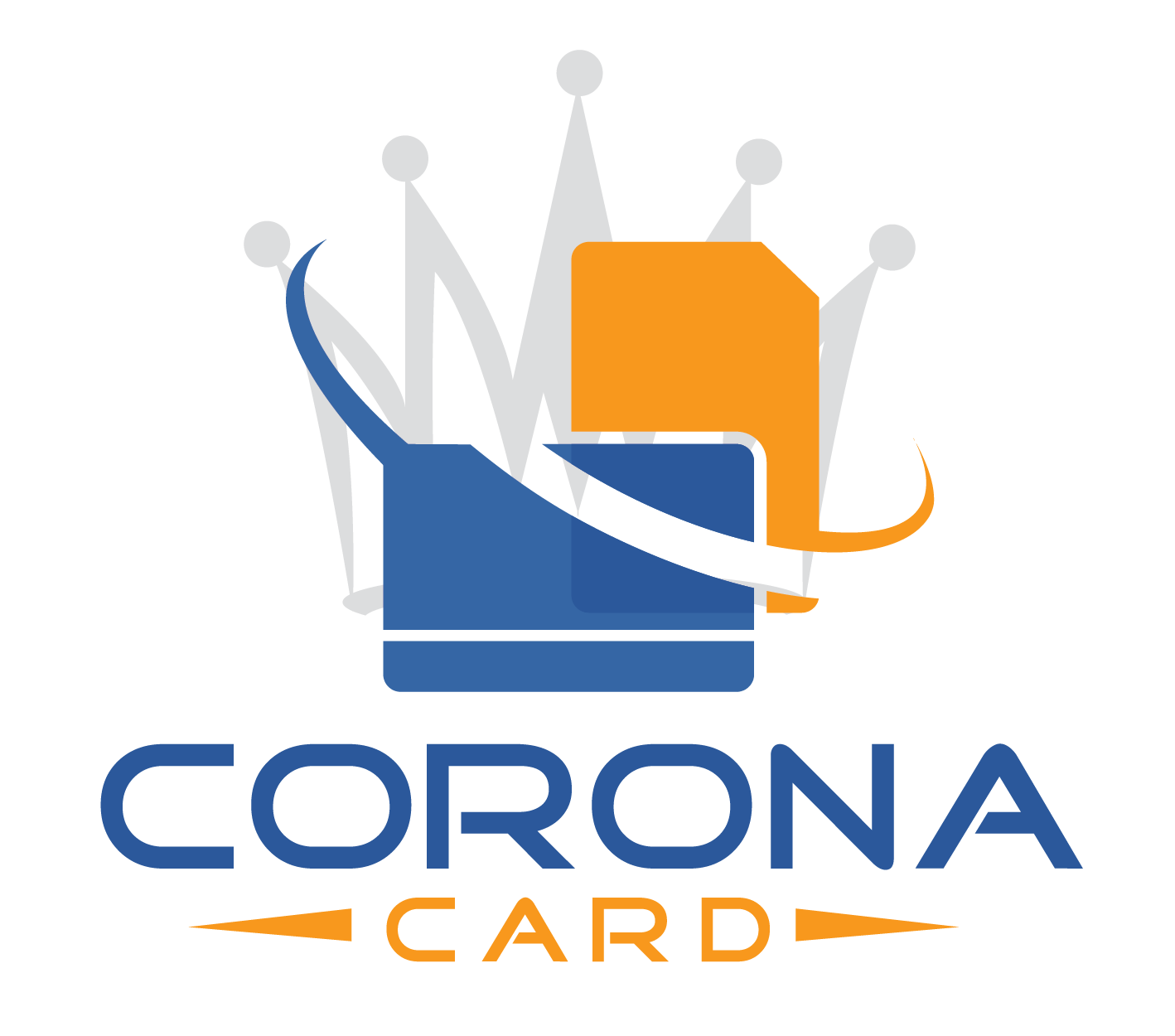RFID Vial Labels
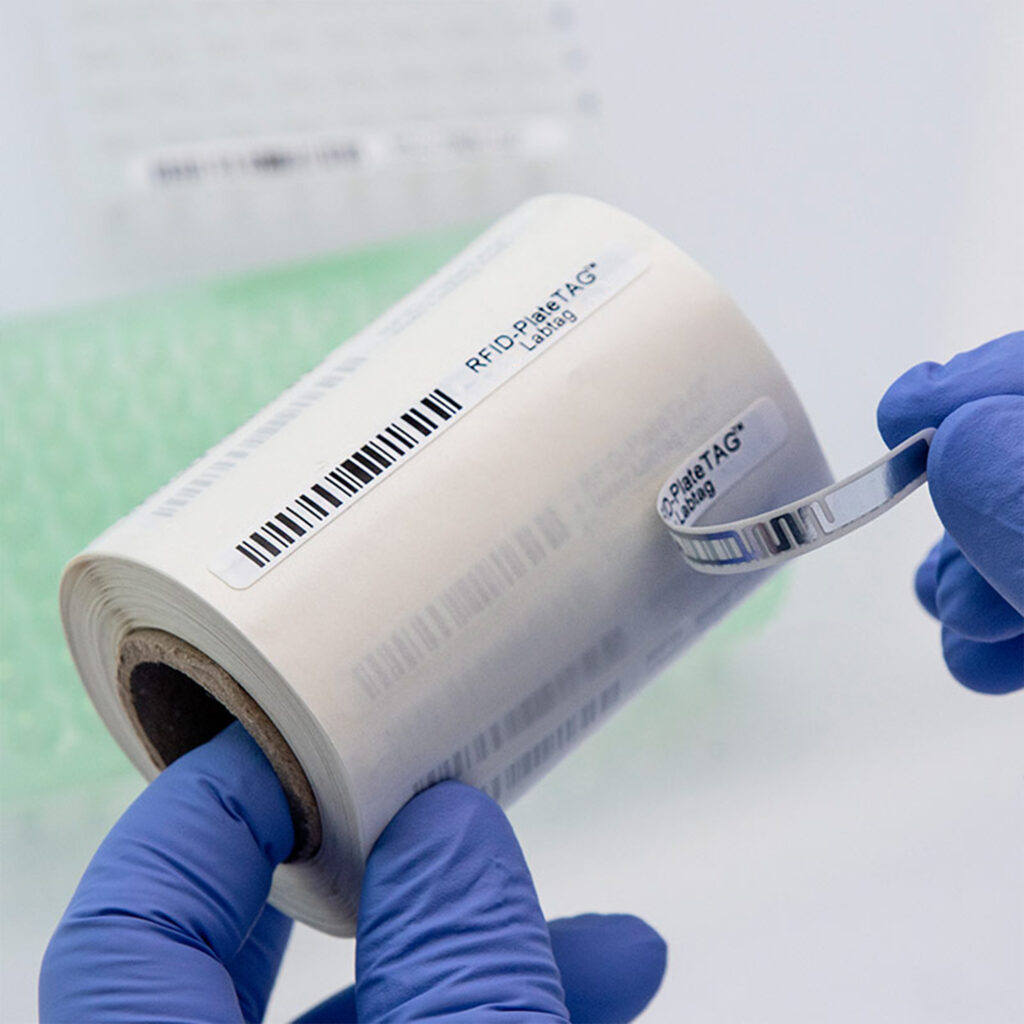
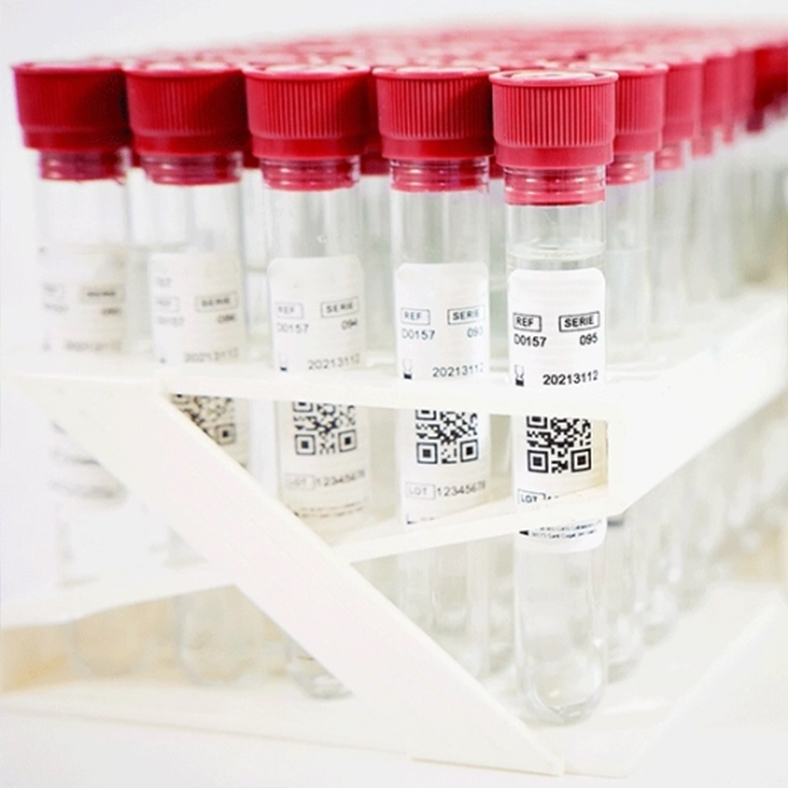
RFID Vial Labels are specially engineered passive UHF RFID labels designed for reliable tracking and identification of vials used in laboratories, pharmaceuticals, and biotechnology research. Their compact size, flexible design, and chemical-resistant materials make them ideal for environments where precise specimen management and error-free data capture are essential. By enabling automated data collection, RFID Vial Labels eliminate manual scanning errors, improve inventory accuracy, and streamline workflows in clinical research, diagnostics, and pharmaceutical production..
Key Features
Compact & Lightweight: Designed specifically for small-diameter vials and test tubes.
Reliable Read Performance: Optimized antenna ensures strong readability, even with multiple vials in close proximity.
Chemical & Temperature Resistant: Suitable for storage in freezers, refrigerators, and controlled environments. Flexible Application: Can be applied to curved vial surfaces without compromising readability.
Technical Specifications
Operating Frequency: 860–960 MHz (global UHF band).
Tag Type: Passive UHF RFID Label.
Up to 2–5 m, depending on reader and environment.
Durability: Resistant to alcohol, mild chemicals, and freezer storage (down to –80°C).
Customization: Options for size, encoding, barcodes, and printed text.
Technical Specifications
Dimensions:
Fully customizable
Materials:
Coated paper, PET,
Frequency:
860Mhz-960Mhz
Protocol:
ISO 18000-6C, EPC Class1 Gen 2
Chip Type:
Alien H3/H4, Impinj M4/M5, UCODEG2.
Read distance:
1-10 meters
Data Retention:
Up to 10 Years
Operating Temperature:
-40 °C / +85 °C
Memory:
Varies depending on IC type
Attachment:
All permanent and removable types adhesive layer.
Places of Application
Specimen & Sample Tracking:
Accurate identification and tracking of blood, tissue, or chemical sample vials.
Pharmaceutical Production:
Ensures reliable vial identification across production and quality control stages..
Types of Material
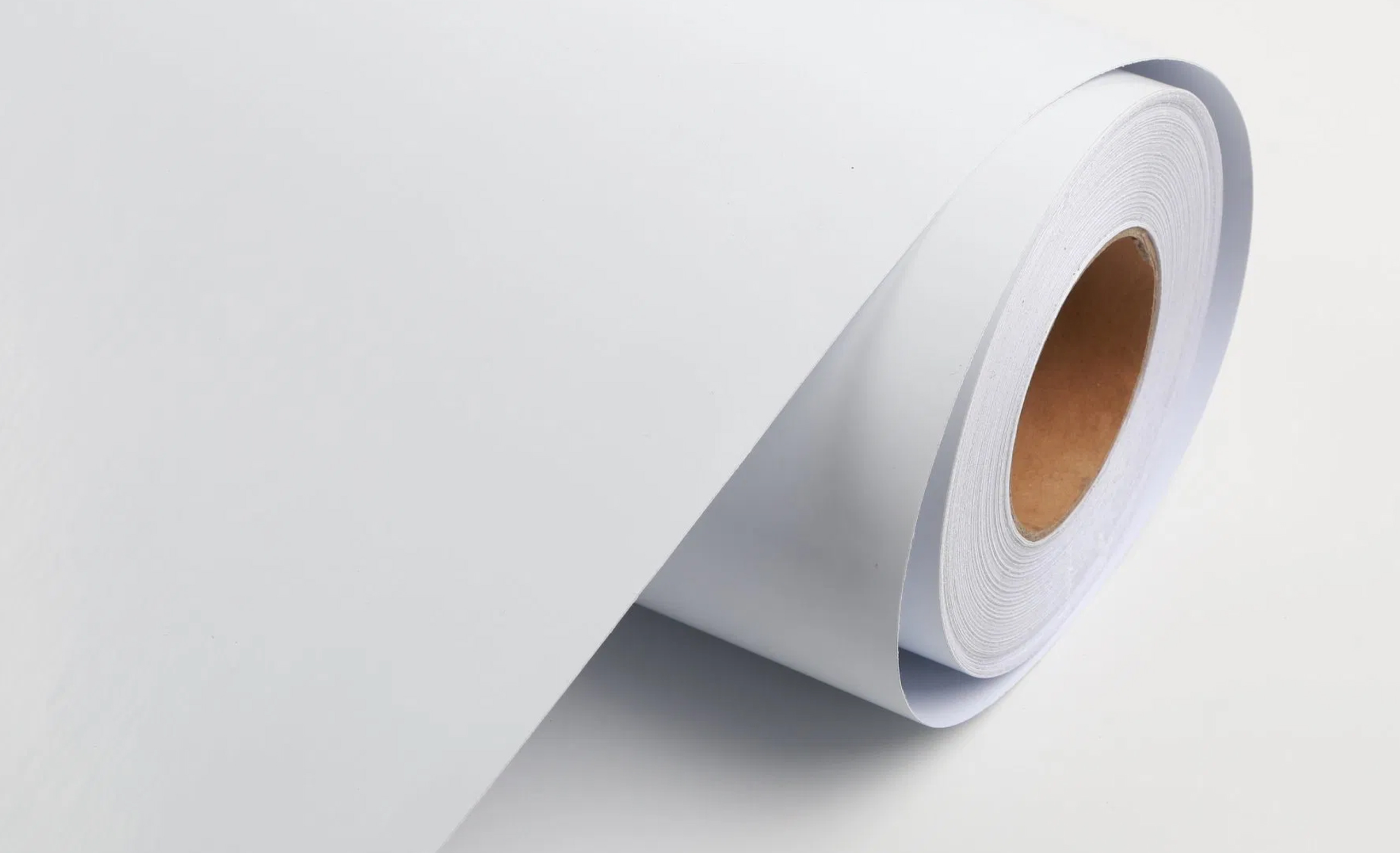
Coated Paper
A lightweight and cost-effective material commonly used for non-demanding applications. Coated paper provides a smooth surface ideal for offset printing, ensuring high-quality visuals and branding. While not as durable as PET, it is an economical choice for short-term use, particularly in controlled environments.
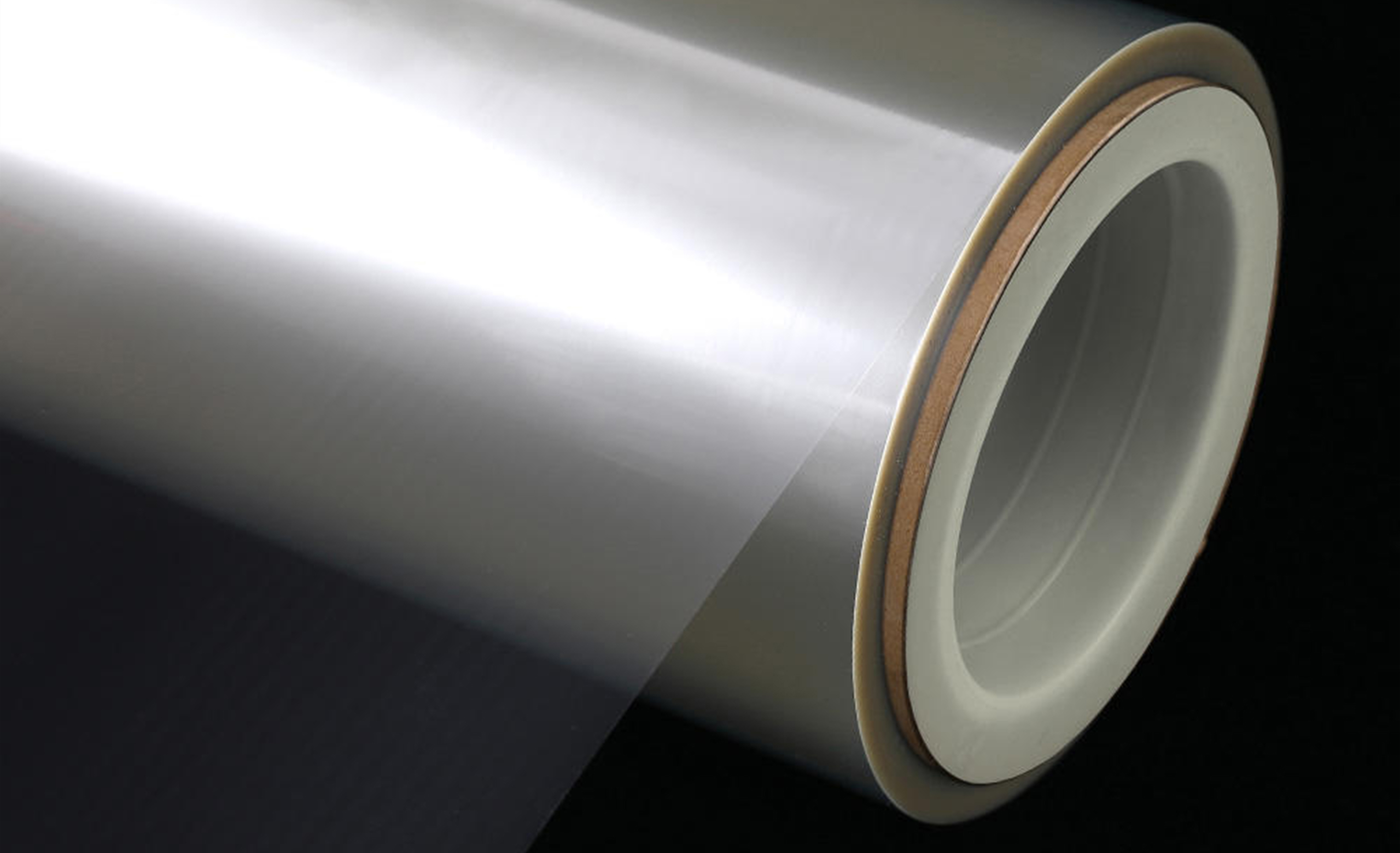
PET
Known for its exceptional durability, PET is resistant to tearing, heat, and harsh environmental conditions. This material is perfect for long-term use in demanding applications, offering reliable performance and longevity. Its adhesive PET surface ensures durability, while the release paper backing enables easy application. This composition makes the tag resistant to wear and tear, ideal for long-term use in dynamic retail environments.
Types of Detailing on Labels/Tags
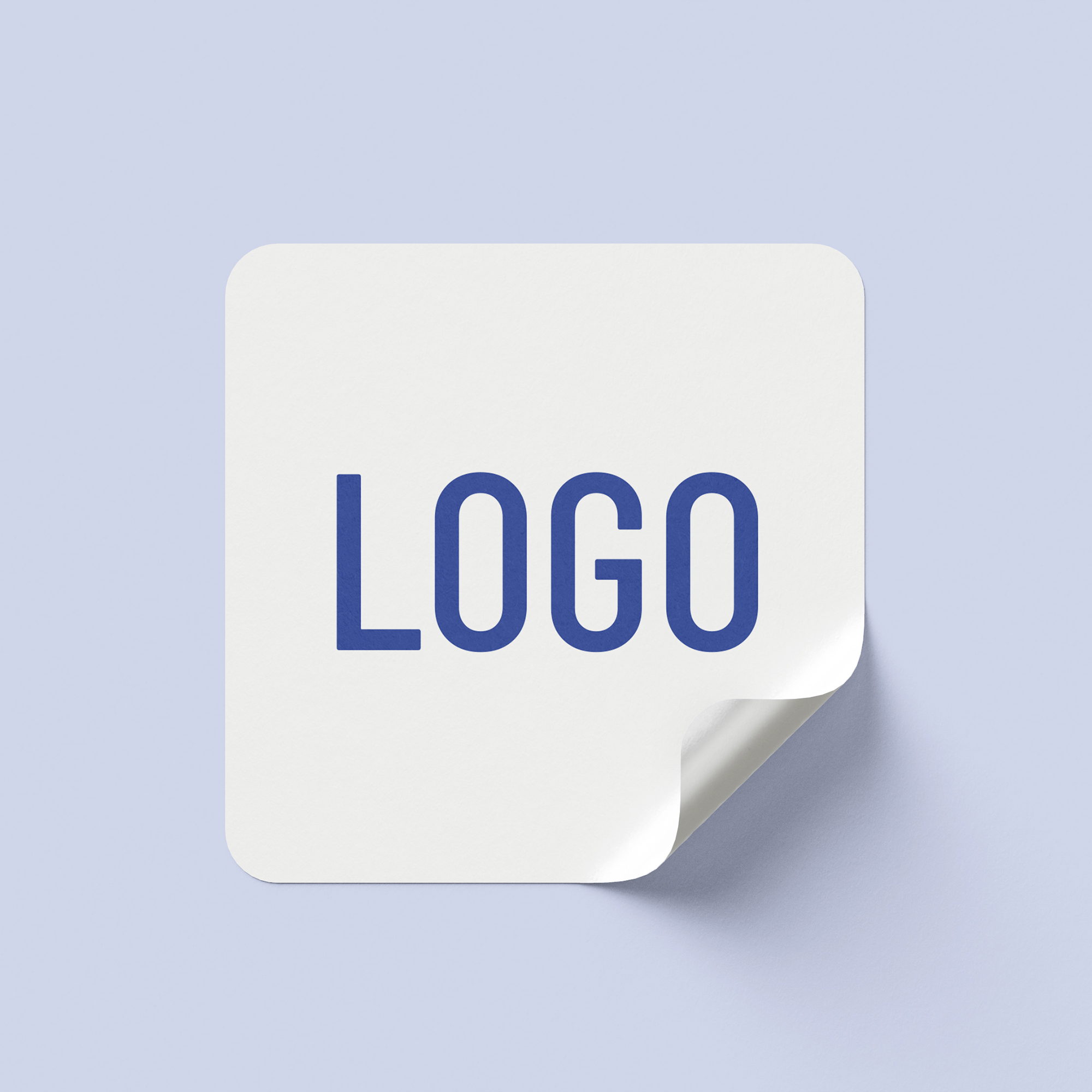
Logo Printing
Enhance your brand visibility with custom logo printing available on both the front and back of the labels, ensuring a professional and recognizable design for all your products.
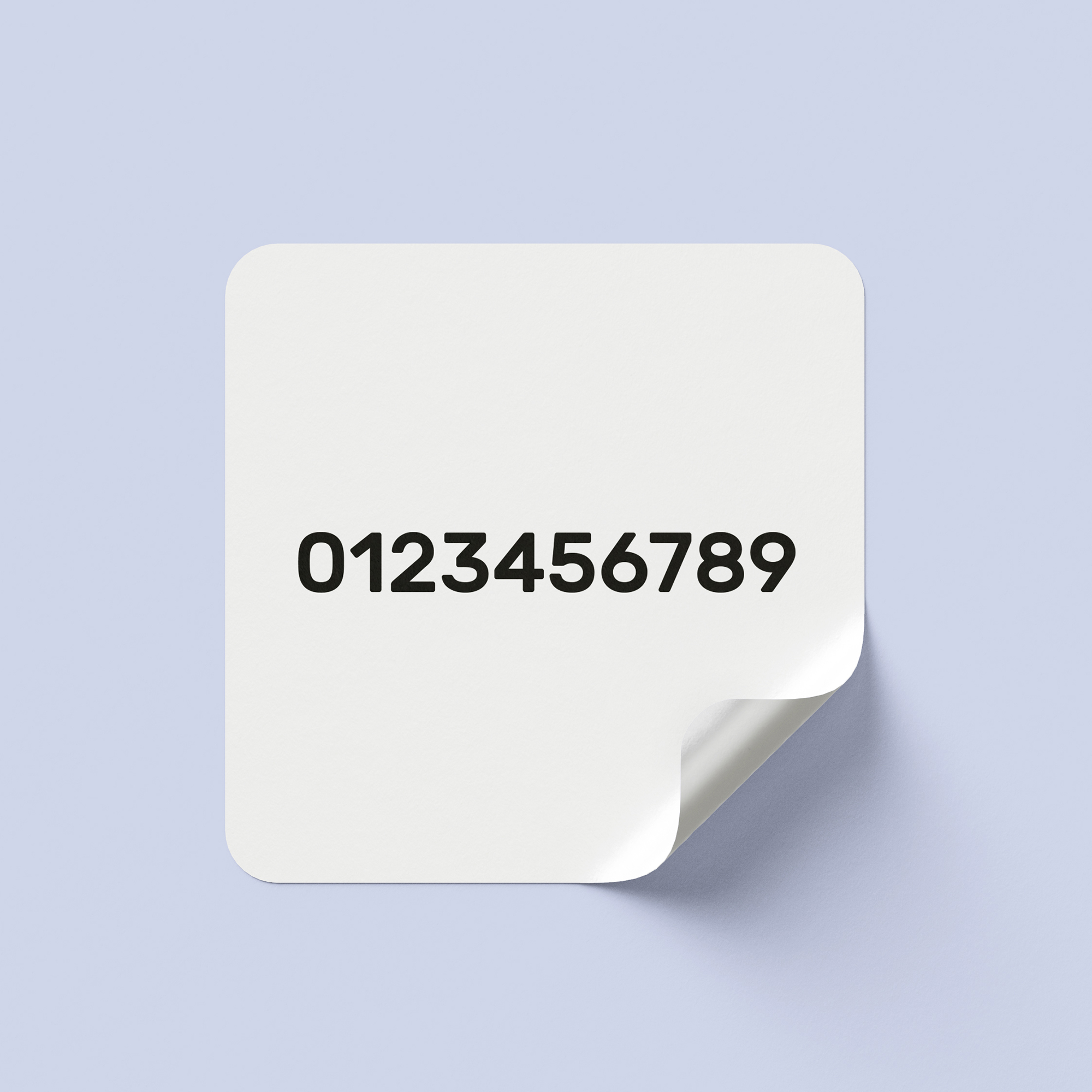
Sequential Numbering
Add unique sequential numbers on the label or release paper for accurate tracking, identification, and enhanced operational efficiency.
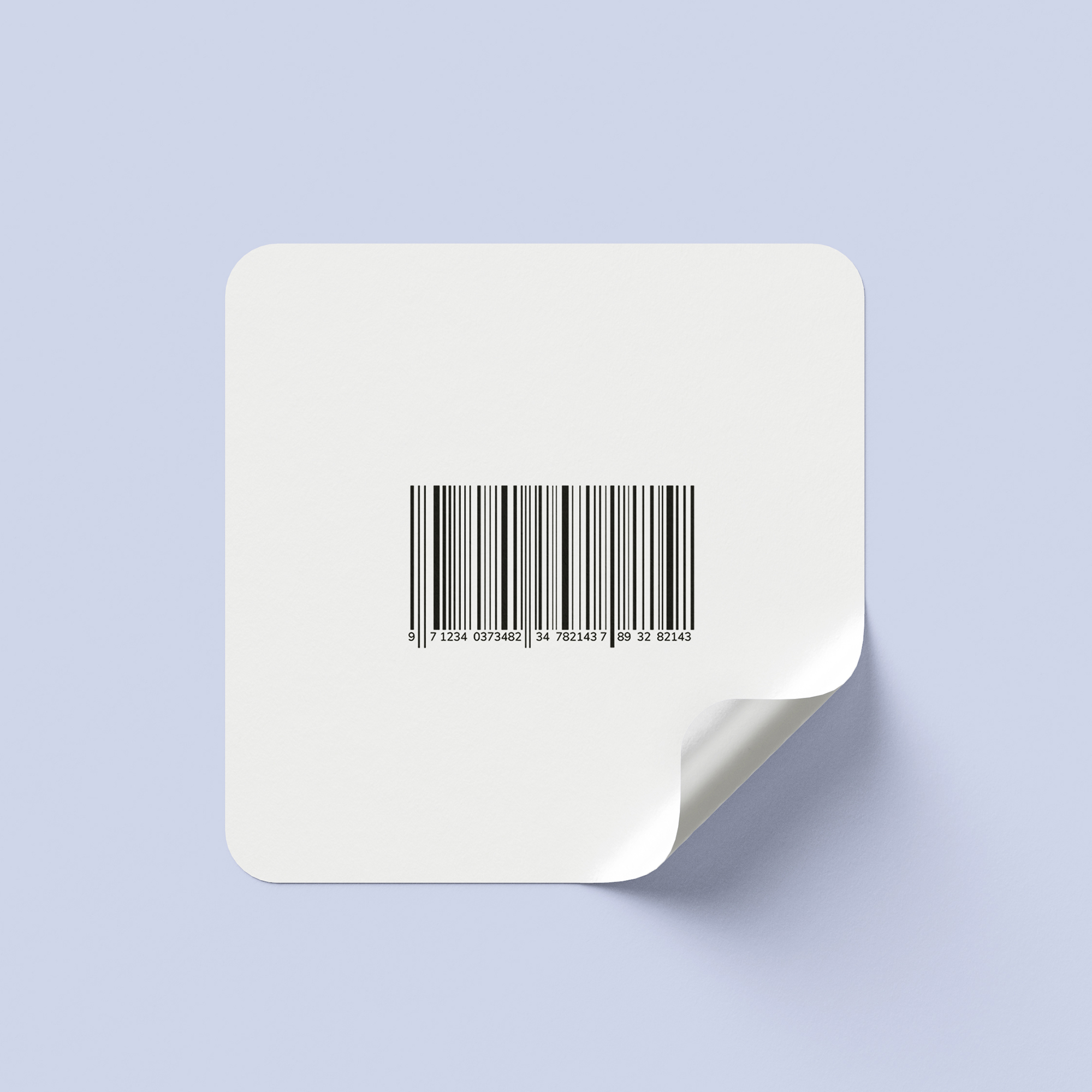
Barcode Printing
Integrate high-quality barcodes onto labels for seamless scanning, efficient inventory management, and streamlined tracking processes.
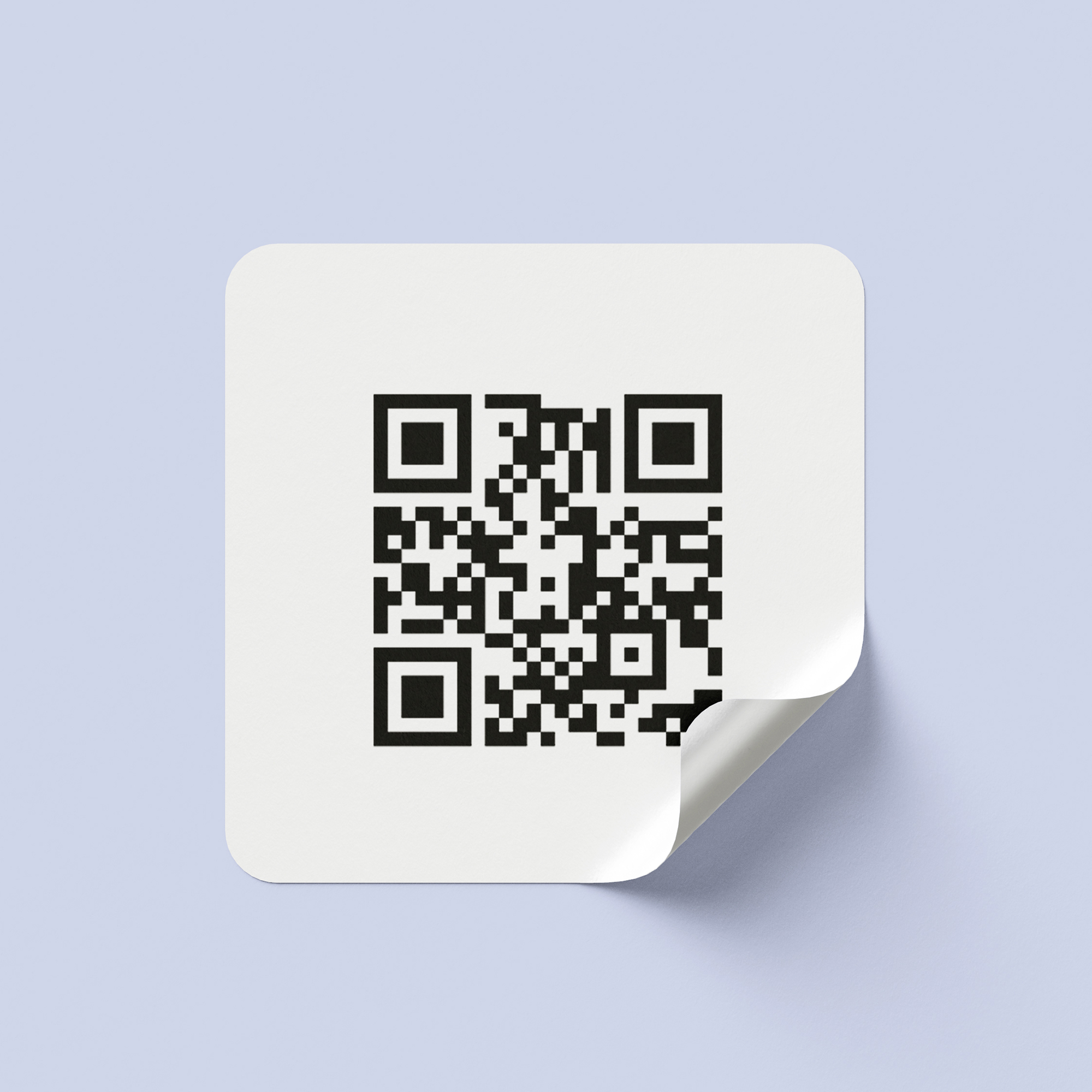
QR Code Printing
Add dynamic QR codes to labels, enabling instant access to product information, promotions, or tracking details with a simple scan.
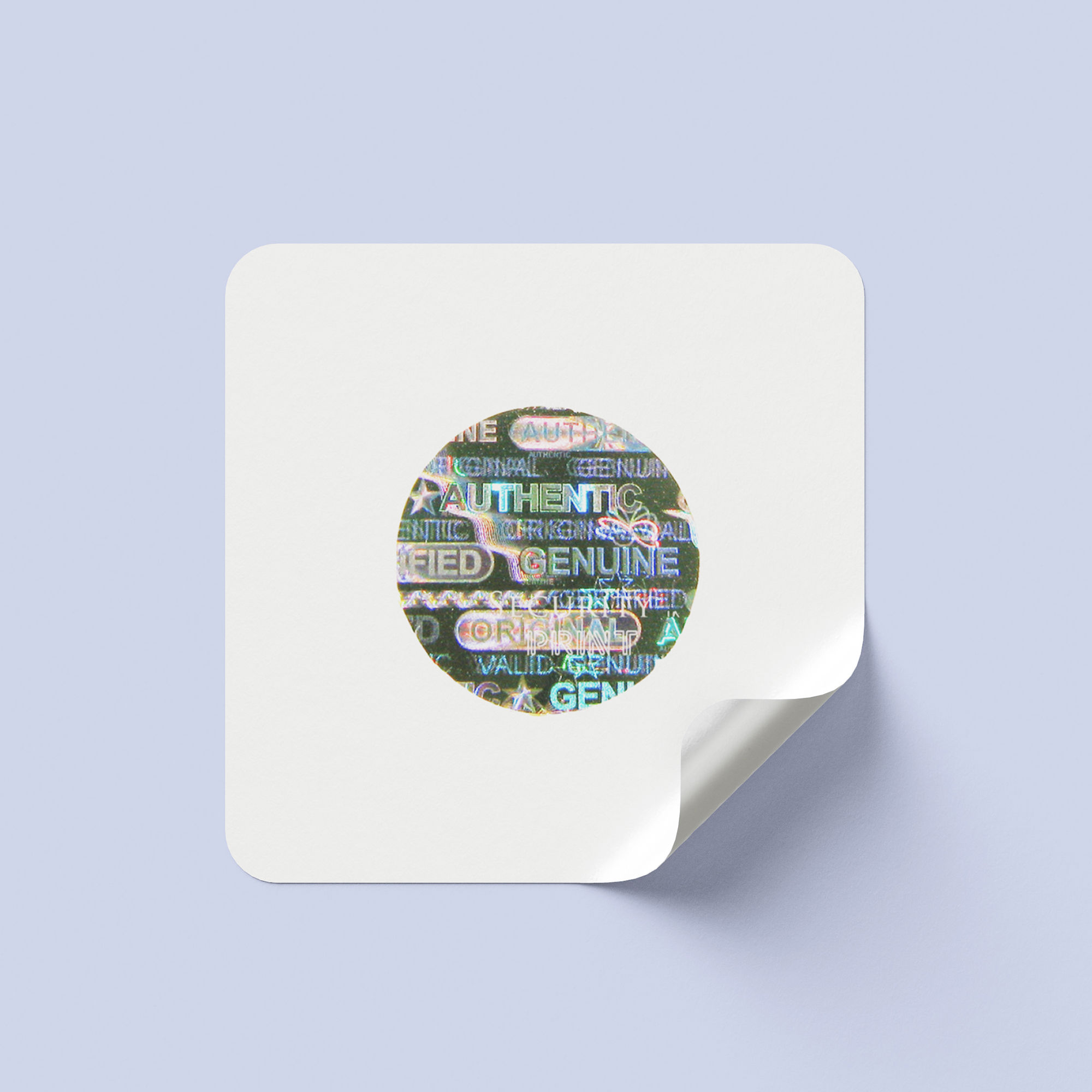
Hologram
Incorporate holograms into labels for enhanced security and visual appeal, ensuring authenticity and adding a premium touch to your products.
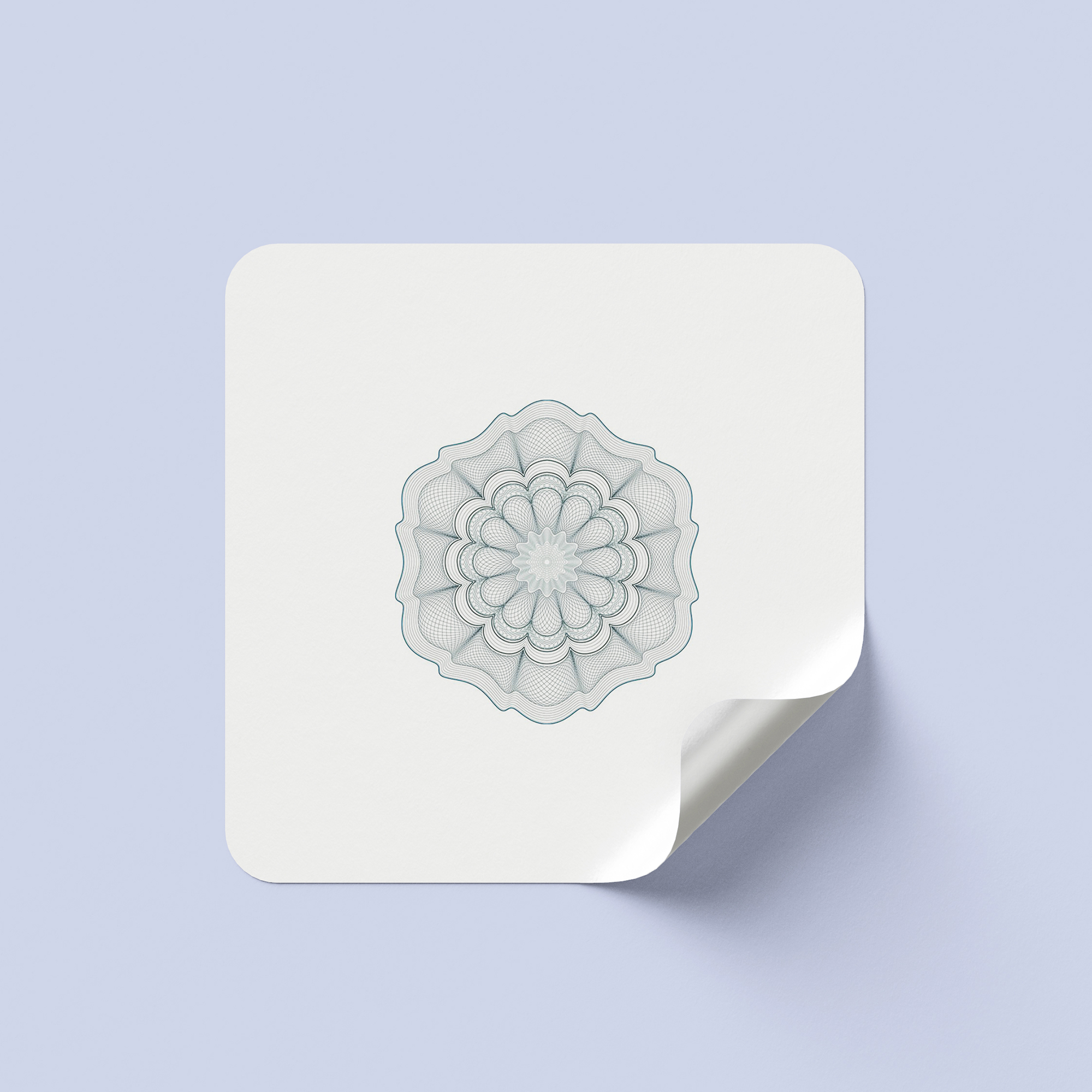
Anti-Counterfeiting Patterns
Add customized anti-counterfeiting patterns to labels for superior brand protection, ensuring product authenticity and safeguarding against duplication.
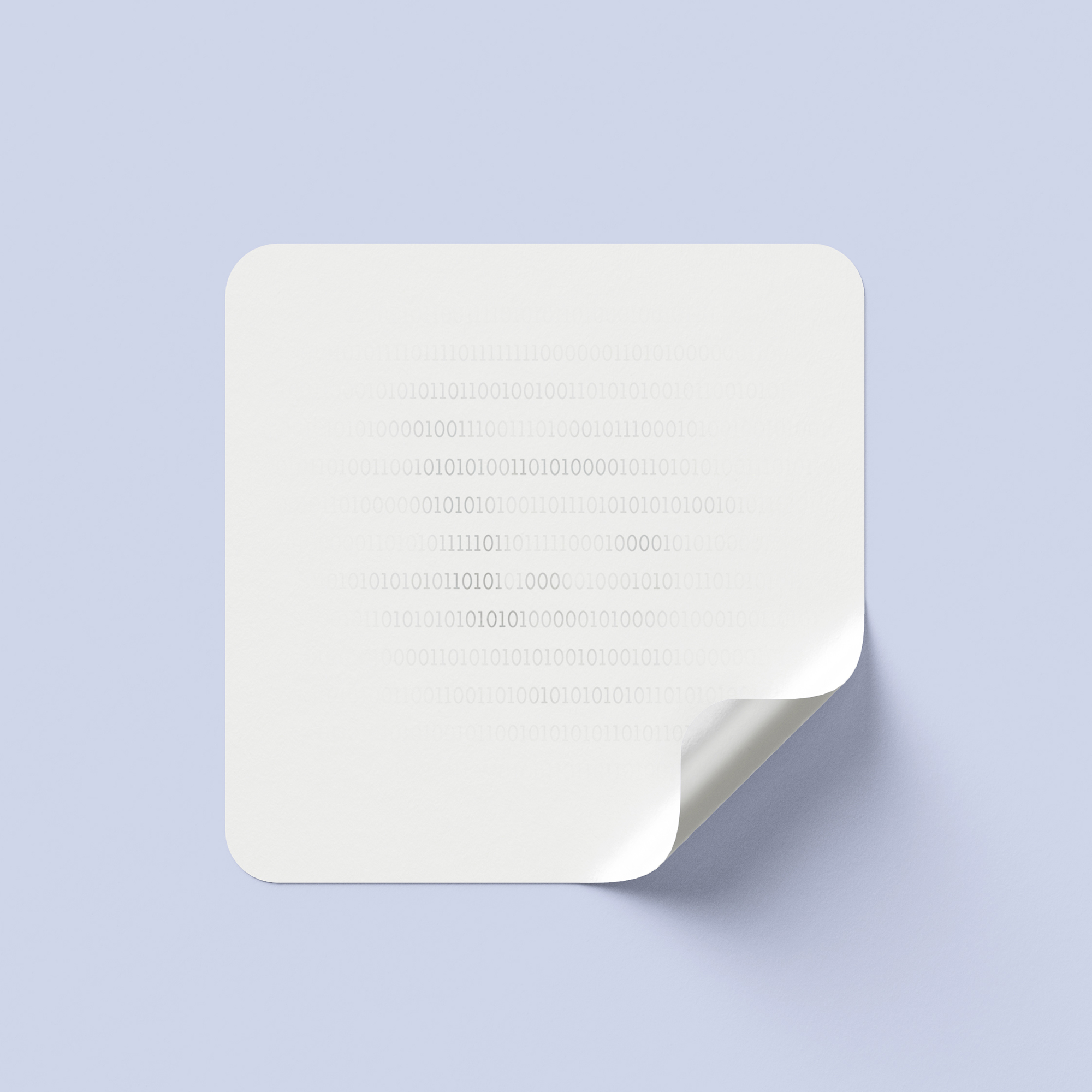
Encoding Data
Securely encode essential information directly onto the label, allowing for quick access and accurate tracking of product details, inventory, and more.
